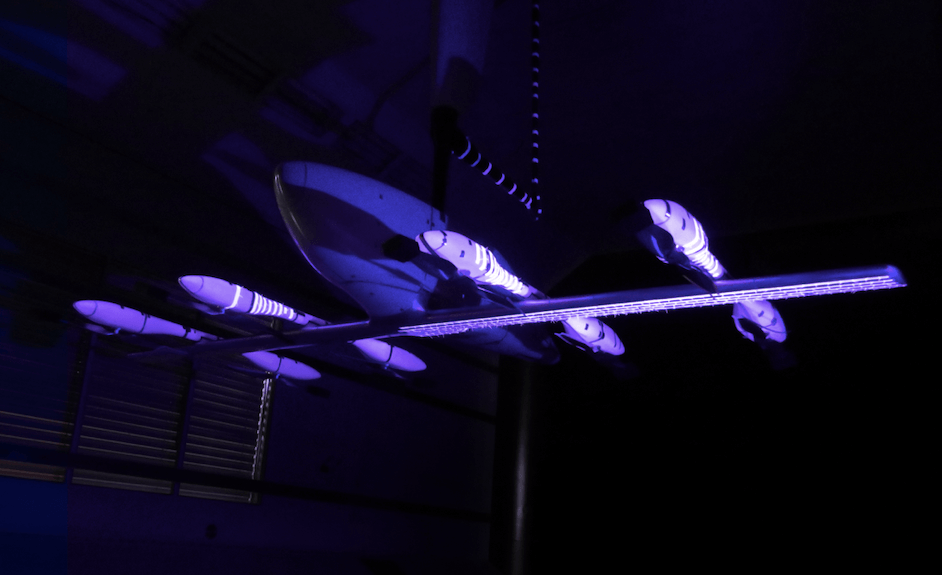Eve Air Mobility, Embraer's Brazilian subsidiary, recently completed wind tunnel testing of its electric vertical takeoff and landing vehicle (eVTOL). The tests, conducted in a wind tunnel near Lucerne, Switzerland, involved a scale model of Eve's eVTOL, which is scheduled to enter service in 2026.
Assessing the aircraft's flying qualities...
Eve Air Mobility, Embraer's Brazilian subsidiary, recently completed wind tunnel testing of its electric vertical takeoff and landing vehicle (eVTOL). The tests, conducted in a wind tunnel near Lucerne, Switzerland, involved a scale model of Eve's eVTOL, which is scheduled to enter service in 2026. Wind tunnel testing is an important engineering tool in the development of an aircraft. The tests allow engineers to monitor the airflow over and around the vehicle and its individual parts. They are also used to measure the aerodynamic forces and moments acting on the vehicle, allowing the team to evaluate the lift, efficiency, flying qualities and performance of the vehicle.
...Scheduled to enter service in 2026
The primary objective of the test was to study and validate the flight behavior of components such as the fuselage, rotors, wing, tail and other surfaces. Wind tunnel testing provides a unique view of the aerodynamic behavior of a complex geometry and allows for better validation of design features. The tests are part of an effort to acquire experimental data to validate production solutions, development tools, and models that also include other test articles such as fixed and mobile platforms, flying vehicles, and other wind tunnel tests.
Developing the eVTOL control laws
"The completion of the wind tunnel test campaign is an important technical milestone in the further development of our eVTOL," said Luiz Valentini, chief technology officer at Eve Air Mobility. "The information obtained during this development phase has allowed us to refine the technical solutions of our eVTOL before committing to production tooling and compliant prototypes. Our goal is to design, produce and certify an aerodynamic and efficient eVTOL that will be used for a variety of urban air mobility missions." Eve's engineering team will use the data collected from the wind tunnel tests to further develop the eVTOL's control laws to optimize performance and passenger comfort.
100 km range
Eve's eVTOL is 100% electric and will have a range of 100 kilometers, according to its manufacturer, which should allow it to perform a variety of urban air mobility missions. Its human-centered design ensures safety, accessibility and comfort for passengers, the pilot and the community by minimizing noise. The aircraft features a lift and cruise configuration with dedicated rotors for vertical flight and fixed wings for cruise flight, with no component having to change position during flight. It will be manned at launch, but will be ready for autonomous operations in the future.
Découvrez cet article sur Air&Cosmos

